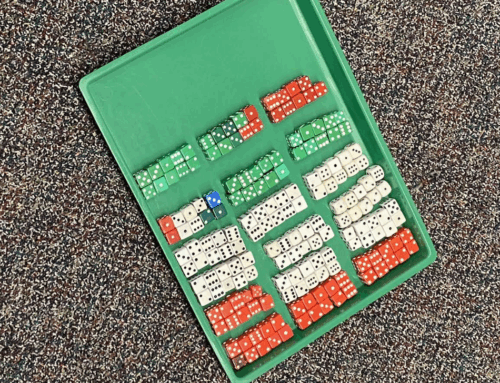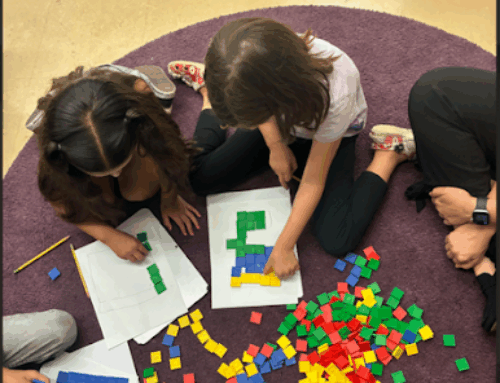3 Questions that Make Feedback the Focus of Assessment

Rusty Bresser
When we assess our students’ math work, it seems like it’s part of our nature to want to come to the rescue and focus our attention on how we can help them fix their mistakes, clear up a misconception, or explain what they’ve done wrong. While identifying their needs is important, it’s crucial to students’ self-efficacy that we also recognize what they do understand and what they can do. And our job doesn’t end there. It’s vital to then help students use our feedback to further their learning.
Providing just-in-time, specific feedback to our students has been shown to be one of the most significant activities a teacher can engage in to improve student achievement (Hattie, 1992). When we ask ourselves the following three questions (Stanford University, 2018), we make feedback the focus of assessment:
- What specific feedback can I give my students that addresses their strengths?
- What specific feedback can I give my students that addresses their needs?
- How can I help students use my feedback to further their learning?
These three questions become powerful when we do the inquiry that results from asking them. Recently, I Zoomed with one of my former students who is now a classroom teacher. Radhalila and I used the three questions to guide our reflective conversation about the student work she gathered after asking her students the following question:
Which fraction is closer to 1 whole, 4/5 or 5/4?
Following is an example of feedback that Radhalila plans to give to Sam, one of her students. She used the three questions as a guide.
Sam’s Work Sample:
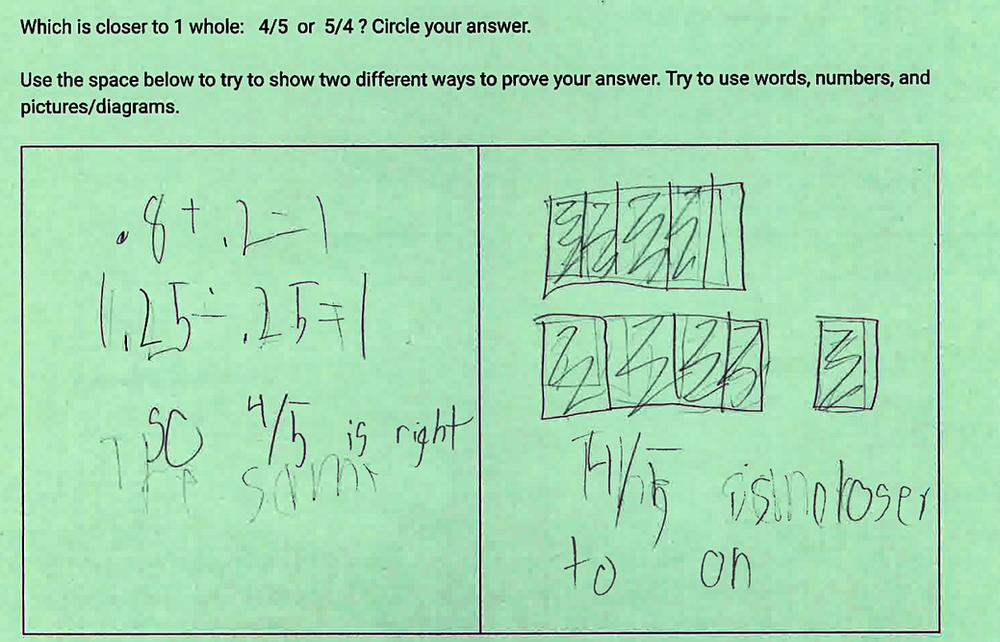
Feedback for Sam Using the Three Questions
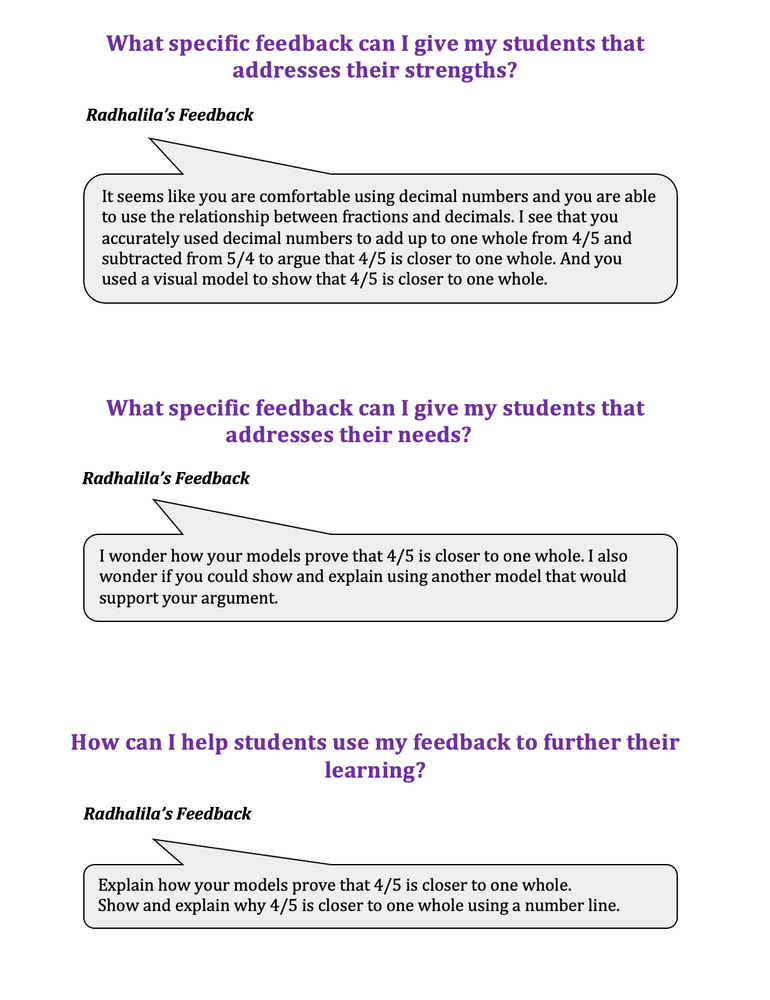
What We Learned from Sam’s Work
There was a lot that Radhalila and I learned and were reminded of while analyzing Sam’s work sample. Sam’s work reminded us that asking students for two different ways to solve a problem is important because it tells us more about how flexible their thinking is and what tools and strategies they use.
We learned that it’s important for students to make a claim (4/5 is closer to one whole) and to use a model (number line or area model) to illustrate. A visual model can give us insight about a student’s conceptual understanding.
We also learned that we want students to go a step further and explain their reasoning, which we suggested that Sam do as a follow up assignment. An explanation can provide a window into students’ thinking, and in Sam’s case, it might clarify for us and for him how his models support his claim. Unless a student explains their reasoning, a correct answer they give might be a lucky guess rather than backed up by reasoning that is logical and makes sense. And an incorrect answer without an explanation may mask some solid mathematical thinking.
Following is an example of one of Radhalila’s students who went a step further, giving a more complete explanation as to why 4/5 is closer to one whole. The student makes a claim, provides a model, and then explains their thinking:
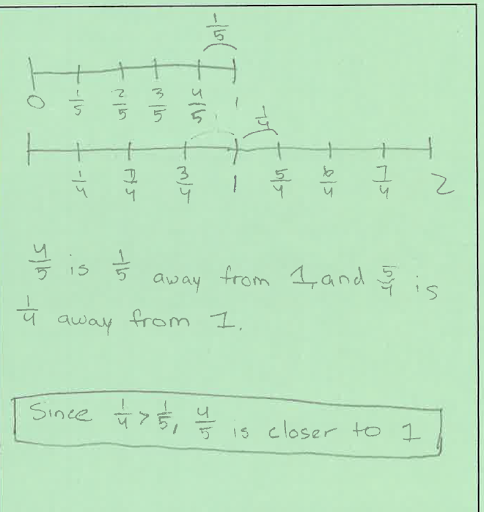
Helping Students Use the Feedback We Give Them
It’s easy for teachers to fall into the trap of focusing on what students don’t know and can’t do when assessing their learning. Students benefit from knowing what their strengths are because it contributes to a positive self-concept and is vital for their motivation and self-efficacy.
Once we provide feedback to our students, our job doesn’t end there. We want to make sure that students use the feedback we give them so that they can further their learning.
To learn more about using assessment for learning, take a look at Listening to Learn from Heinemann. This new assessment project by Marilyn Burns and Lynn Zolli “is a K-5 Digital Interview Tool that helps teachers learn how their students reason numerically–information that’s essential for planning instruction.” Check it out! https://www.listeningtolearn.com.
